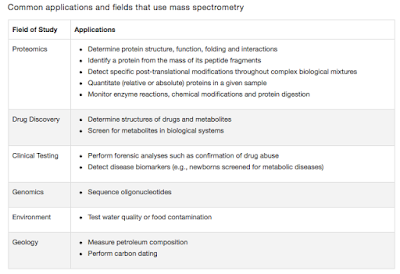Clostridium difficile on a note
Greetings
 |
Photo 1: Endoscopic visualization of
Pseudomembranous colitis.
|
Almost 2 years ago, I had posted one of the first posts on Clostridium difficile and Fecal Transplantation (Link). In the past 2 years there has been a sudden burst of literature on C diff and antibiotic-associated nosocomial diarrhea (AAD). As I would sluggishly point out in my discussions, its a brand ambasador of Nosocomial problems along with other fellow agents like Peusdomonas and Acinetobacter. In this post, I want to comment on the C diff, challenging some common assumptions based on evidence.
The credit of first time identification, is awarded to Hall and O'toole, in 1935. It was almost ubiquitously accepted that they are colonizers especially in infants. Studies argued that it was capable of producing toxin, but was not much biologically relevant. It was the work of Tedesco etal, that showed, people treated with clindamycin nearly 21% developed diarrhea. Based on studies it was found to cause Pseudo membranous colitis, and came to be famous in literature as "clindamycin colitis".
 |
| Table 1: Tests for diagnosis of C diff infection. |
Often in literature, it has been pointed that the C diff toxigenic strain is acquired in hospital (Hence Nosocomial origin). A study published in NEJM, showed a genetically diverse sources for infection, suggesting that hospital by itself is not the only part of the source. Probably, people are constantly invaded by the strains. However, having a good normal flora defeats the C diff from making an impact.
This understanding meets an important question. Often I have asked the question, can antibiotic by itself stimulate toxin production through some genetic response element. It has been noted that C diff toxin production is enhanced by antibiotics that disrupt anaerobic normal flora (such as clindamycin, ceftriaxone), and the one's which didn't attack anaerobic flora didn't have much impact. A larger proportion of gut flora is anaerobic, and hence my presumption is that the loss of competing anaerobic flora allows establishment. It has also been shown that antibiotics such as ampicillin and clindamycin can increase colonization by enhancing the expression of genes encoding colonization factors. bThe exact mechanism of how C diff influences is much a subject of study. A paper published in nature, studied how antibiotic influence the gut metabolome and thus influences infection. This is an example of priming for the infection. Unlike other scenario where the organism conditions the system for propagation, here the condition dictates the organism.
There is a great deal of anecdotal evidence that people especially from southern part of India are less susceptible to C diff infections. This maybe due to consumption of milk and milk products, especially curds that are rich in Lactobacillis species. The same effect has also been shown in laboratory studies, where the presence of lactobacillus reduced the severity of C difficile.
So what are the options? Clinically treatment with vancomycin was considered a standard, but recurrence was common. Fidaxomicin was approved for C diff Infections by FDA in 2011 and remains the standard. Other options include, Fecal transplant and probiotics. In the west, C diff has been more serious problem and a vaccine search is on. It is known that people with IgG antibodies directed against TcdA are protected and remain asymptomatic to infection. Sanofi Pasteur is currently onto a Phase III trial , using a vaccine toxoid (Link). Another novel vaccine attempt has been made by use of harmless spores (link) and is expected to work well (Link).
Bartlett JG (2008). Historical perspectives on studies of Clostridium difficile and C. difficile infection. Clinical infectious diseases, 46 Suppl 1 PMID: 18177220
Eyre DW etal (2013). Diverse sources of C. difficile infection identified on whole-genome sequencing. The New England journal of medicine, 369 (13), 1195-205 PMID: 24066741
Pultz NJ, & Donskey CJ (2005). Effect of antibiotic treatment on growth of and toxin production by Clostridium difficile in the cecal contents of mice. Antimicrobial agents and chemotherapy, 49 (8), 3529-32 PMID: 16048976
Pultz NJ, & Donskey CJ (2005). Effect of antibiotic treatment on growth of and toxin production by Clostridium difficile in the cecal contents of mice. Antimicrobial agents and chemotherapy, 49 (8), 3529-32 PMID: 16048976
Denève C, Deloménie C, Barc MC, Collignon A, & Janoir C (2008). Antibiotics involved in Clostridium difficile-associated disease increase colonization factor gene expression. Journal of medical microbiology, 57 (Pt 6), 732-8 PMID: 18480330





Comments
Post a Comment